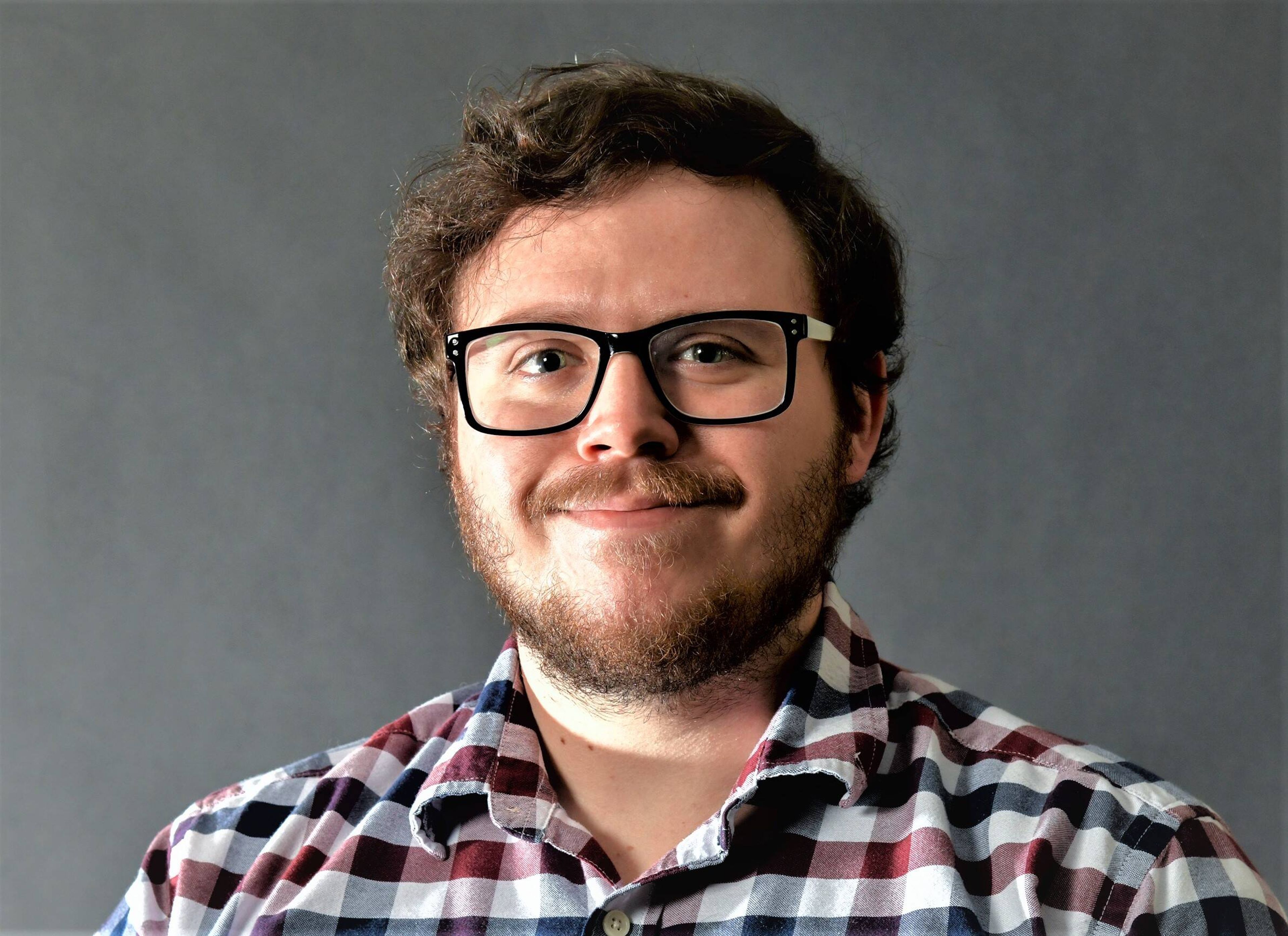CTC's mass casualty simulation prepares its high school students for future careers in emergency response
CTC's mass casualty simulation offers high school students hands-on emergency response training alongside professionals, enhancing their skills and career readiness in fields such as EMT, nursing and fire science.
The Cape Girardeau Career and Technology Center hosted a mass casualty training simulation Monday, Dec. 9, for its high school emergency medical technician, criminal justice, fire science, medical assistant and nursing students to gain hands-on experience in a realistic environment with area first responders.
The simulation allowed students to practice the skills they learn in the classroom in a controlled environment with professionals from multiple departments in the area who have experience working in high-stress situations.
“Not only are they meeting some of those folks that they're probably going to be working with in the future, but then they're getting some expert insight as well,” CTC director Brock Crowley said. “Our local agencies are getting some training opportunities as well, but then they get a chance to step in and work with our students before they actually start working with our students, which is a really neat concept. …
“Anytime you get a chance to work with someone who's a veteran in the field, that brings another layer to the training.”
CTC held a mass casualty training for adult students at the end of the first semester of the previous academic year. Tyler Abernathy, CTC assistant director of secondary education, said last year’s training scenario went “really well”, which prompted him to plan a similar experience for his high school students.
“It was a great hands-on learning activity for the adults,” Abernathy said. “It's also nice that it's at the end of first semester here, so it's kind of like a big activity that accumulates all of the learning that's taken place in the first semester. It’s kind of a big hands-on activity that ties all that together.”
Abernathy and CTC’s EMS program director Ron Kiplinger worked together on the logistics. Abernathy said the main challenge when planning the event was communication.
“Mr. Kiplinger, on his side, took care of communicating with all the EMS departments, getting the ambulances here, communicating with the teachers on what their role is going to be and what their program's role is going to be during the event,” Abernathy said. “On my end, it was the communication with all the sending schools, because our kids are going to be here all day. They're usually only here half a day, so they're missing half a day at their sending school.”
Abernathy said he spoke to several students who were looking forward to the training opportunity. Students from some of CTC’s sending schools weren’t meant to have class Monday, but several attended anyway, driving themselves to campus instead of taking the bus like normal, to make sure they got to experience the event. Abernathy said he appreciates the dedication from the students who went out of their way to be on campus.
“What that tells me is that they are excited enough about the event to take a day that they're off school and still be here,” Abernathy said. “... We want our kids here all the time. I know all of our districts and schools schedules don't always align, but we encourage our kids to be here and they want to be here.”
One of the major benefits students can receive from the experience, according to Abernathy, is allowing them an opportunity to receive feedback from experienced first responders who may have had to handle a similar situation with actual lives at stake, as well as learn how to communicate with other emergency personnel to ensure the process runs as smoothly as possible. Additionally, experiencing a high-stress situation can also help students decide whether their chosen career path is right for them.
“I think it's valuable because it gives them that hands-on experience to really feel what it's like and ask themselves, ‘OK, do I enjoy this? Do I want to do this on a daily basis?’” Abernathy said.
Connect with the Southeast Missourian Newsroom:
For corrections to this story or other insights for the editor, click here. To submit a letter to the editor, click here. To learn about the Southeast Missourian’s AI Policy, click here.





















